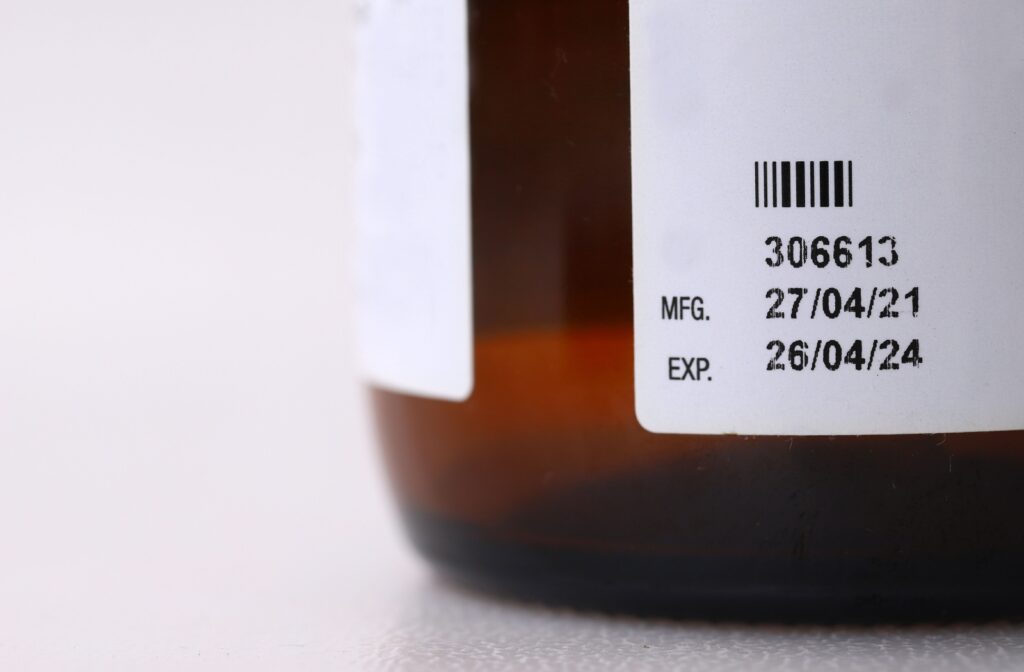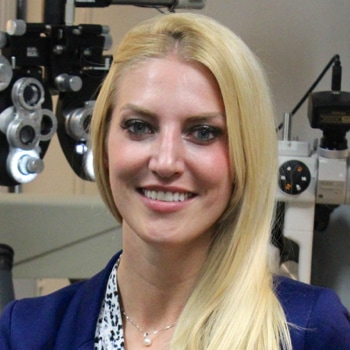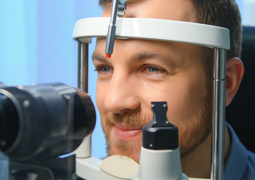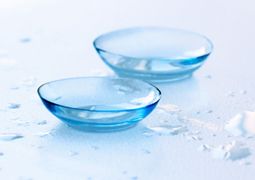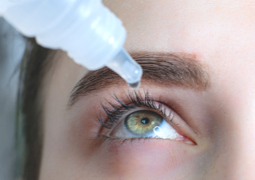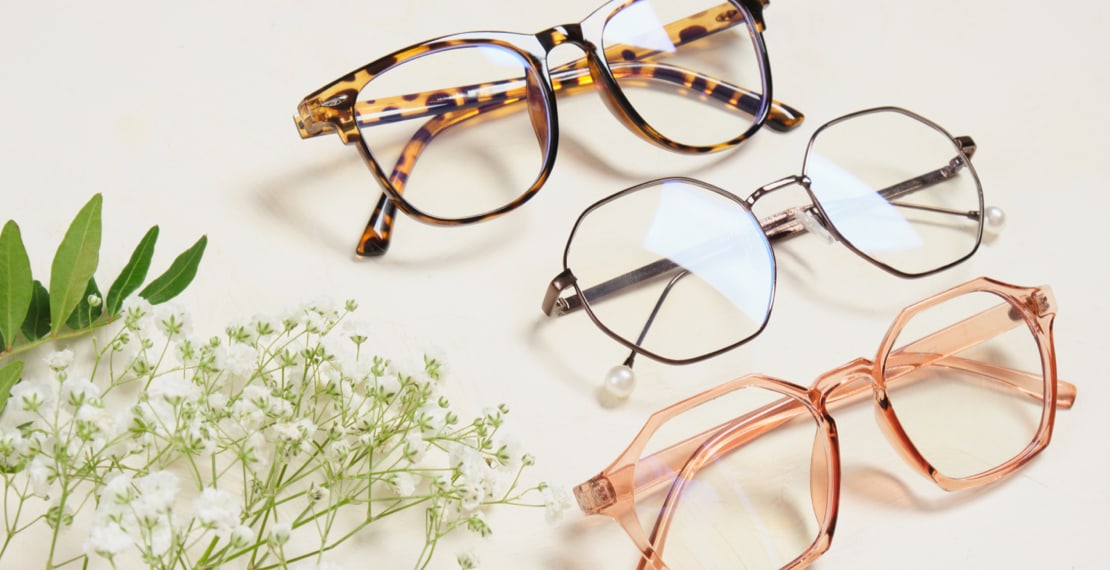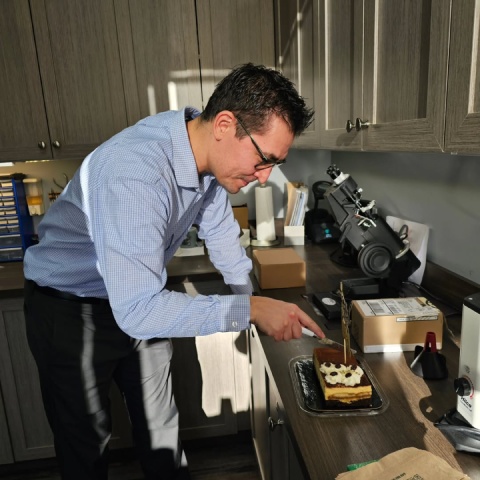Eye drops are a staple in many households, providing relief from dryness, redness, and infections. But what happens when they expire? Expired eye drops may not work as efficiently as they would when they’re fresh. Because they’re no longer effective, they might also lead to an infection. An eye doctor can give you advice on how frequently you should be replacing your eye drops.
The Importance of Expiration Dates
Over time, the chemicals in the solution can break down, becoming less effective or even harmful. Using expired eye drops can result in a reduced ability to treat the condition they’re intended for, potentially leading to prolonged discomfort or worsening symptoms. Additionally, preservatives that keep the eye drops sterile might lose their effectiveness.
Always check the expiration date before using any eye drops and replace them regularly.
How Long Are Eye Drops Usually Good For?
Typically, unopened eye drops are good for up to two years from the manufacturing date. However, once opened, their lifespan shortens significantly. Most eye drops should be discarded after three months of being opened to ensure they remain effective and free from contaminants.
Marking the bottle with the date you opened it can serve as a gentle reminder to open a fresh bottle.
Preservative-Free Eye Drops
For those with sensitive eyes or allergies, preservative-free eye drops offer a gentler alternative. These drops are typically packaged in single-use vials to ensure they remain sterile, eliminating the need for preservatives that can irritate some users’ eyes.
Single-use vials underscores the importance of adhering to recommended shelf lives to avoid any potential risk of infection.
What Would Happen if I Used Expired Eye Drops?
The primary risk is contamination. If the drops are for treating a specific condition, like an infection, using expired drops could mean you’re not getting the proper treatment. This can prolong the condition or make it worse.
How is Bacteria Introduced to Eye Drops?
Every time you open the bottle, there’s a chance for airborne bacteria to enter. Touching the tip of the bottle with your fingers or letting it come into contact with your eye can also introduce contaminants. Eye drops should be stored in a cool, dry place. Exposure to heat or direct sunlight can degrade the solution and its preservatives, increasing the risk of bacterial growth.
Can I Keep Prescription Eye Drops If My Infection Has Cleared?
It’s tempting to keep leftover prescription eye drops “just in case.” However, this is not advisable. Prescription eye drops are tailored for specific conditions and using them without medical guidance can be harmful.
Once your infection has cleared, any remaining drops should be discarded. Using them later for a different issue could be ineffective. Using the wrong type of eye drop can also prove harmful as they may delay proper treatment and worsen your symptoms.
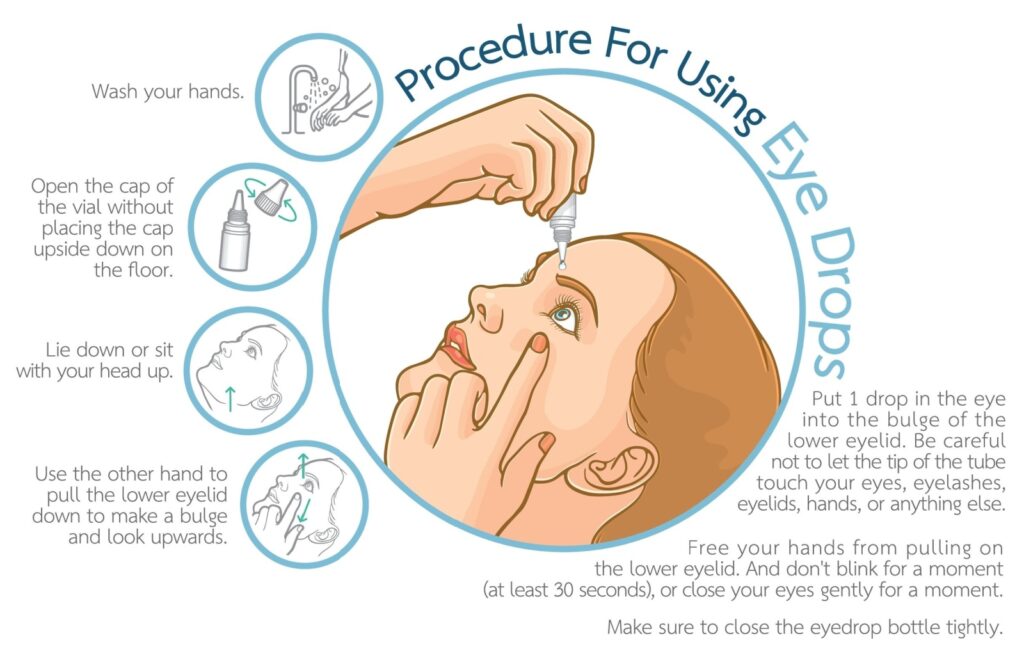
How to Properly Insert Eye Drops
Properly administering eye drops ensures their effectiveness and minimizes the risk of contamination. Follow these steps to apply eye drops safely and efficiently:
- Wash Your Hands: Begin by thoroughly washing your hands with soap and water. This step helps to prevent the introduction of any bacteria or dirt into your eyes.
- Prepare the Eye Drops: Shake the bottle if the instructions indicate to do so. Remove the cap, ensuring you don’t touch the tip of the bottle to maintain its sterility.
- Position Yourself Comfortably: Sit or lie down in a comfortable position. It may help to tilt your head back slightly. Using a mirror can help you see what you’re doing.
- Create a Pocket: With one hand, gently pull down your lower eyelid to create a small pocket. With your other hand, hold the eye drop bottle a few centimeters above your eye, making sure the bottle doesn’t touch your eye, eyelashes, eyelids, or face.
- Administer the Drops: Carefully squeeze the prescribed number of drops into the pocket created by your lower eyelid. Avoid dropping the solution directly onto your eyeball to reduce discomfort.
- Close Your Eyes: Close your eyes gently and avoid blinking or rubbing them. You can press lightly on the inner corner of your eye for about a minute to keep the drops from draining into your tear duct.
- Repeat for the Other Eye: If you need to administer drops in both eyes, repeat the process for the other eye. Use a tissue to blot any excess liquid from around your eyes.
- Recap and Store: Replace the cap on the eye drop bottle immediately after use. Store the bottle according to the manufacturer’s instructions, usually in a cool, dry place.
If you experience any discomfort or adverse reactions, contact your healthcare provider for advice.
Maintaining Eye Comfort
Using expired eye drops presents risks that far outweigh any perceived benefits. Contaminated eye drops can lead to severe infections and long-term damage to your eyes. Always check the expiration date and discard any drops that are past their prime.
At Calgary Family Eye Doctors, we offer specialized services for dry eyes and other eye disease management. For personalized advice and tips on eye care, please book an appointment or contact us today.


